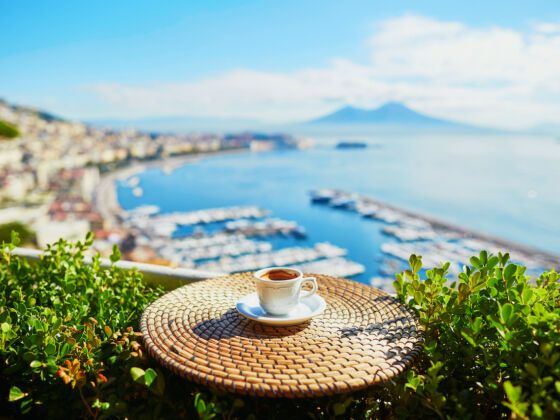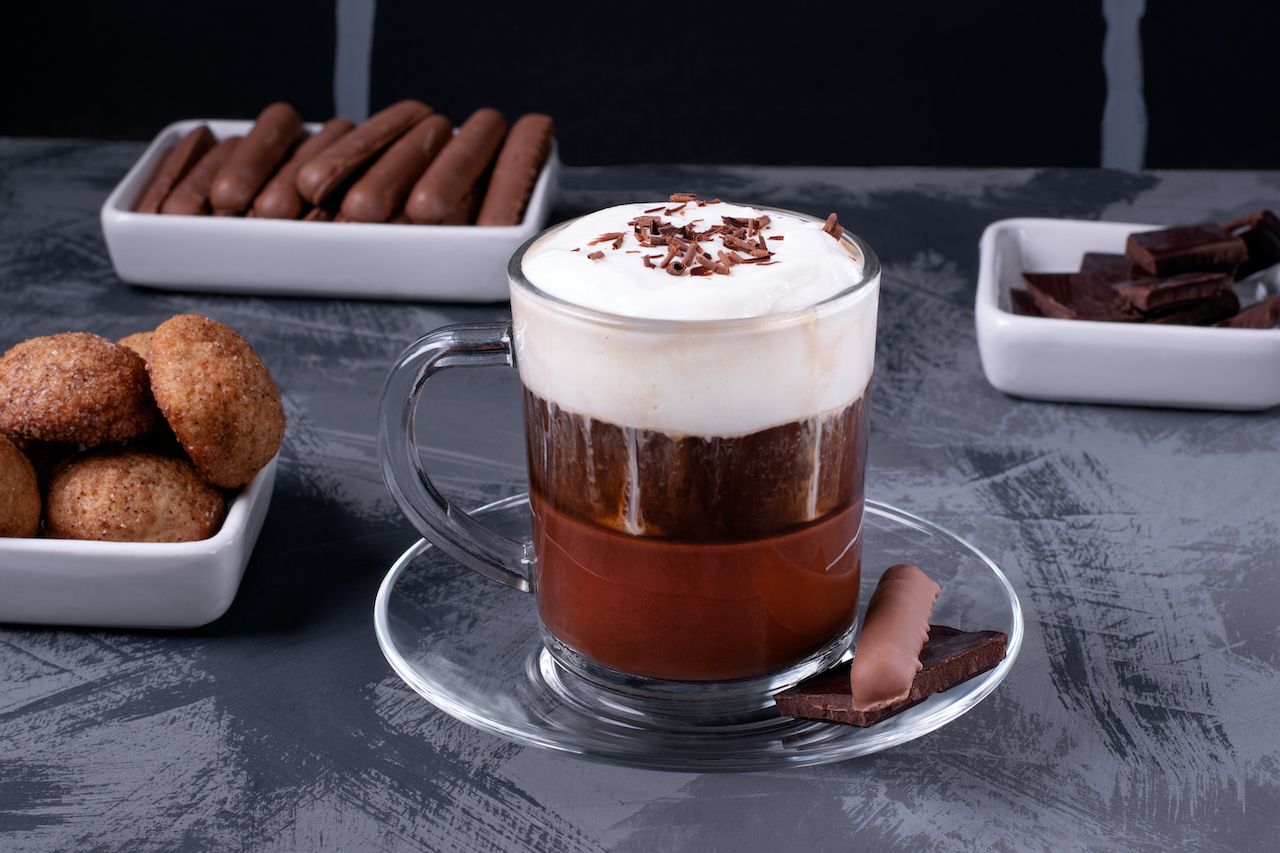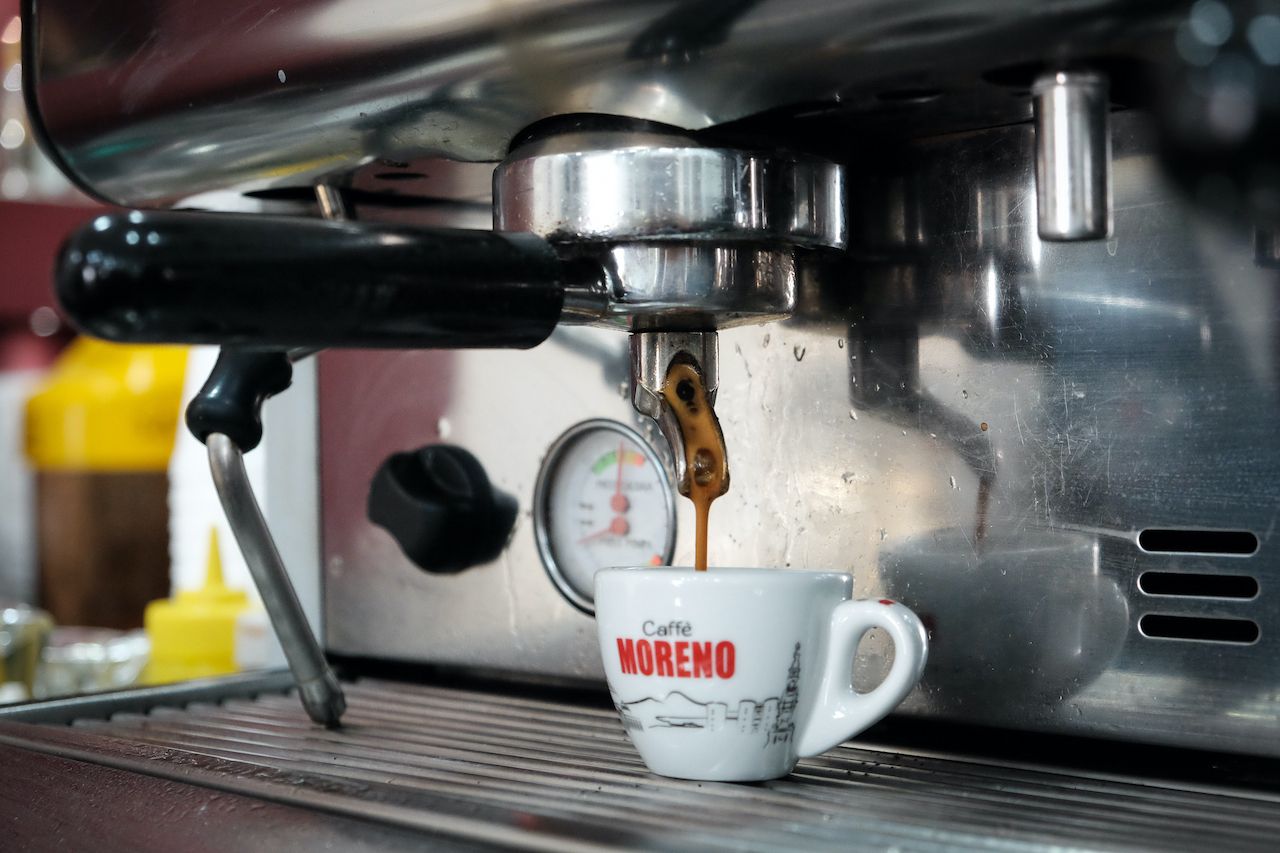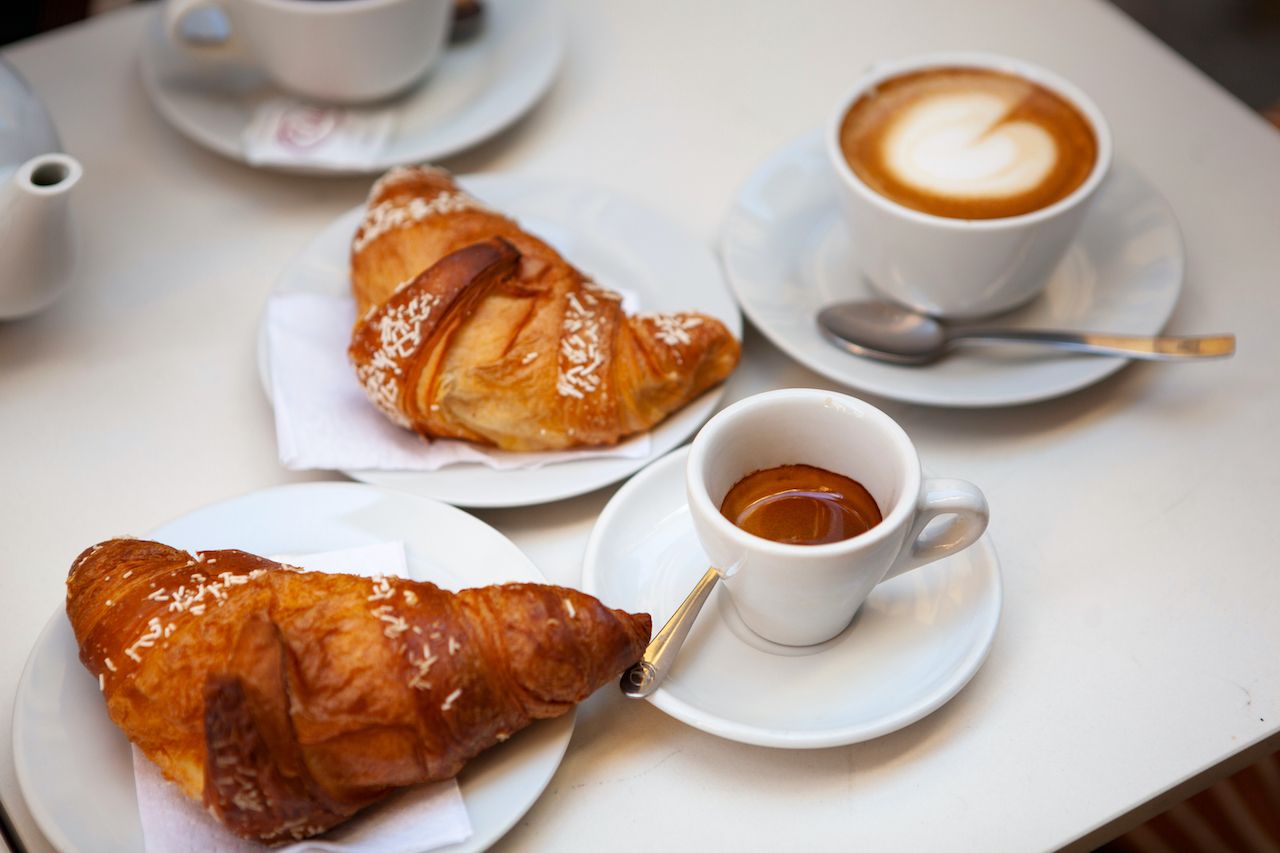In Italy, the phrase prendiamo un caffè – “let’s get a coffee” – is loaded with meaning. From the macchiato you throwback at an opulent bar in Milan to the espresso you savor al fresco in Palermo, getting a coffee in Italy involves engaging with a well-established set of cultural and culinary regional practices.
Coffee arrived in Italy in the late 17th century, entering Venice from the Ottoman Empire. When Venice’s first cafe, Caffè Florian, opened in 1720, coffee consumption became popular among wealthy intellectuals. It wasn’t until the early twentieth century — relatively recently, in fact — that coffee became more widely accessible.





